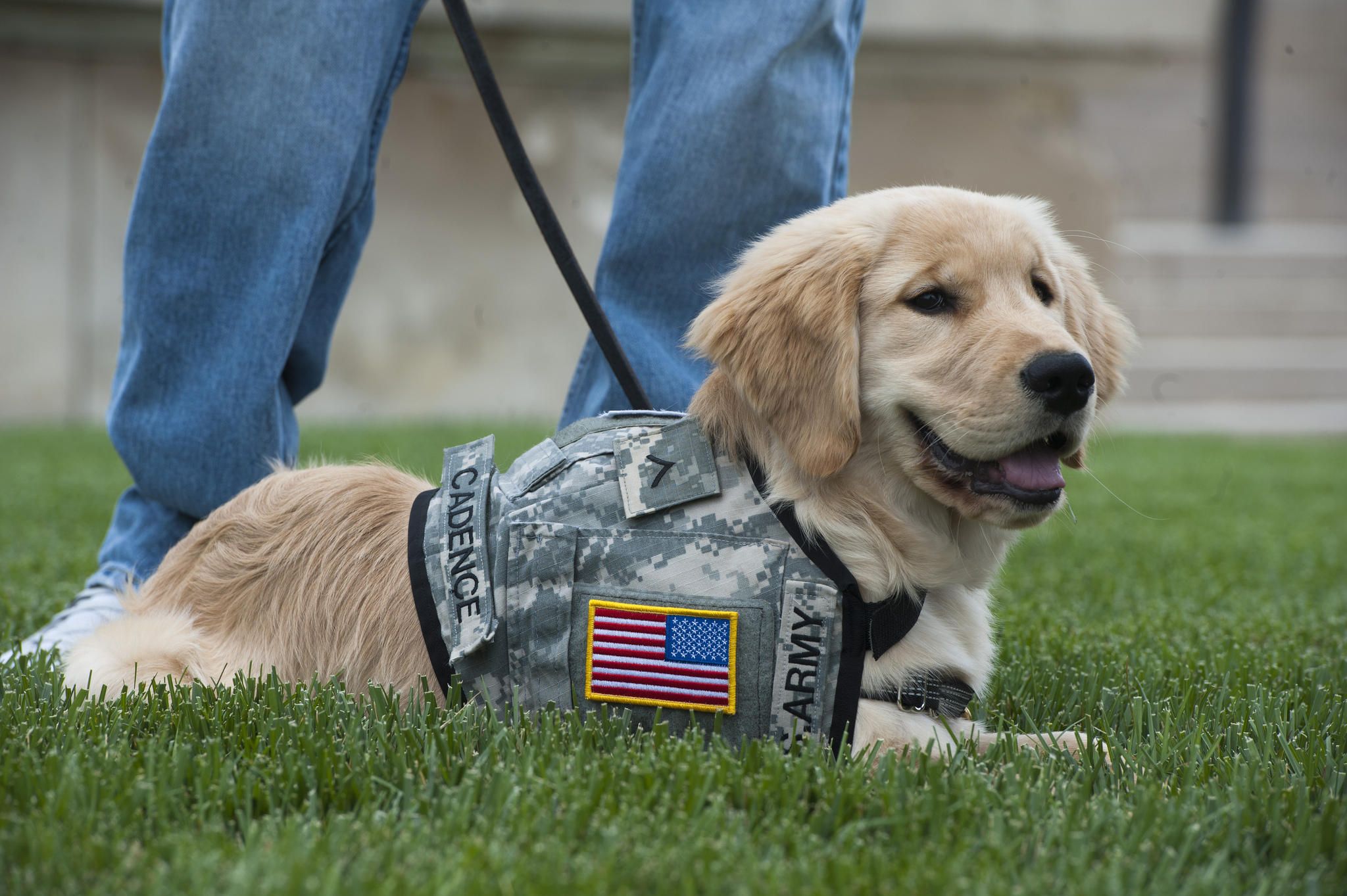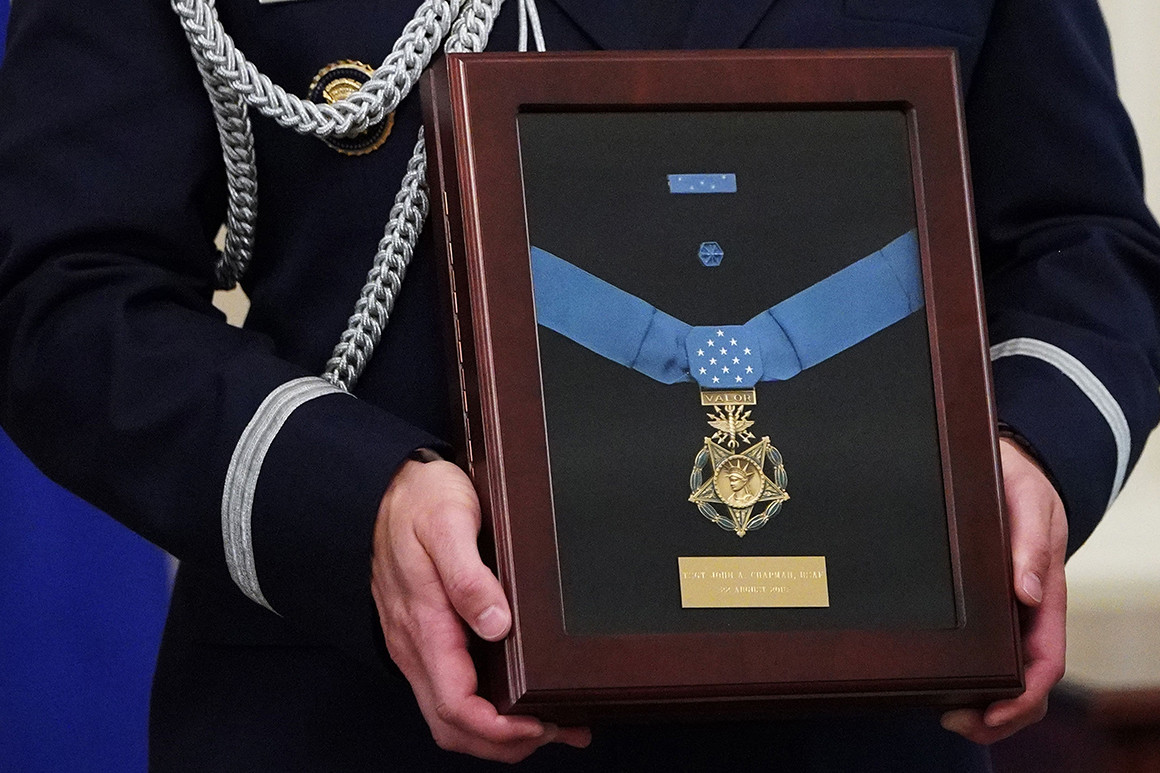
Veterans & Service Dogs
Veterans may be entitled to benefits from the Department of Veterans Affairs for service dogs, but the same is not necessarily true of comfort animals or emotional support animals. The VA has been providing veterinary benefits to Veterans diagnosed as having visual, hearing or substantial mobility impairments under certain conditions. In 2016, the Department of…



